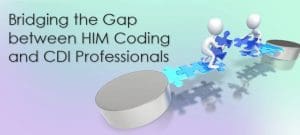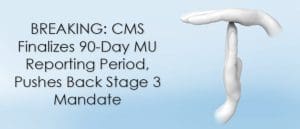Call us toll-free: 800-878-7828 — Monday - Friday — 8AM - 5PM EST
By Jennifer Schuessler for the New York Times
The Smithsonian Institution has followed the crowdsourcing crowd, with the opening of an online transcription center allowing members of the public to help decipher thousands of digitized pages of Civil War diaries, botanical labels, correspondence and other documents that cannot be easily read by a computer.
Over the past year of beta testing a team of volunteers has transcribed more than 13,000 pages of documents, including personal correspondence of the so-called Monuments Men; the 1948 diary of Earl Shaffer, believed to be the first man to hike the entire Appalachian Trail; a 19th-century ballooning scrapbook; and a significant portion of the tiny labels in the National Museum of Natural History’s collection of nearly 45,000 bumblebee specimens.
Now the Smithsonian is hoping the broader public will help transcribe, among other highlighted projects, the field notebooks of the Virginia bird-watcher James W. Eike; the research notebooks of Joseph Henry, a physicist and the Smithsonian’s first secretary; and a collection of letters from American artists to be included in the coming book “The Art of Handwriting.”
Once transcribed the documents will fully searchable, thus greatly improving their accessibility to both scholars and casual browsers.
Each transcription is reviewed by another volunteer and then certified as accurate by a Smithsonian expert. In a release, the institution estimated that without help it would take its staff decades to transcribe the millions of pages from its collections that have been digitized.




